Classic Tyres on Classic Cars


 BF Goodrich bias-ply 1-inch WW and 3/8-inch Redline
BF Goodrich bias-ply 1-inch WW and 3/8-inch Redline

 BF Goodrich Redline radial tyres are one of Coker Tire's most popular products
BF Goodrich Redline radial tyres are one of Coker Tire's most popular products

 Firestone Wide Oval - radial tyres bridge the gap between authentic bias ply tyres and modern radials.
Firestone Wide Oval - radial tyres bridge the gap between authentic bias ply tyres and modern radials.

 American Classic - bias-look radial – "pie crust" shoulder and vintage-style tread pattern give this tyre the original look
American Classic - bias-look radial – "pie crust" shoulder and vintage-style tread pattern give this tyre the original look

 Dunlop Vintage R5 tyres are suitable for tube or tubeless use
Dunlop Vintage R5 tyres are suitable for tube or tubeless use


|

|
|
BF Goodrich bias-ply 1-inch WW and 3/8-inch Redline
|

|
|
BF Goodrich Redline radial tyres are one of Coker Tire's most popular products
|

|
|
Firestone Wide Oval - radial tyres bridge the gap between authentic bias ply tyres and modern radials.
|

|
|
American Classic - bias-look radial – "pie crust" shoulder and vintage-style tread pattern give this tyre the original look
|

|
|
Dunlop Vintage R5 tyres are suitable for tube or tubeless use
|
Here's what happens where classic rubber his the road
You’ve been doing your best to remain faithful to the vehicle’s originality and authenticity; after all that’s why you bought it.
Weekends have been spent scouring wreckers and parts warehouses, rifling through endless boxes at swap meets and trolling the internet to assemble the parts to bring your ride back to life.
But what about the tyres?
While it is tempting to throw the original hoops back on because they look okay, have lots of tread and hold their pressure, think again.
Like the rubber seals on the doors, windows and wiper blades, tyres lose their effectiveness and you might find, at an awkward moment, they are about as useful as those rock jobs on the Flintstone mobile.
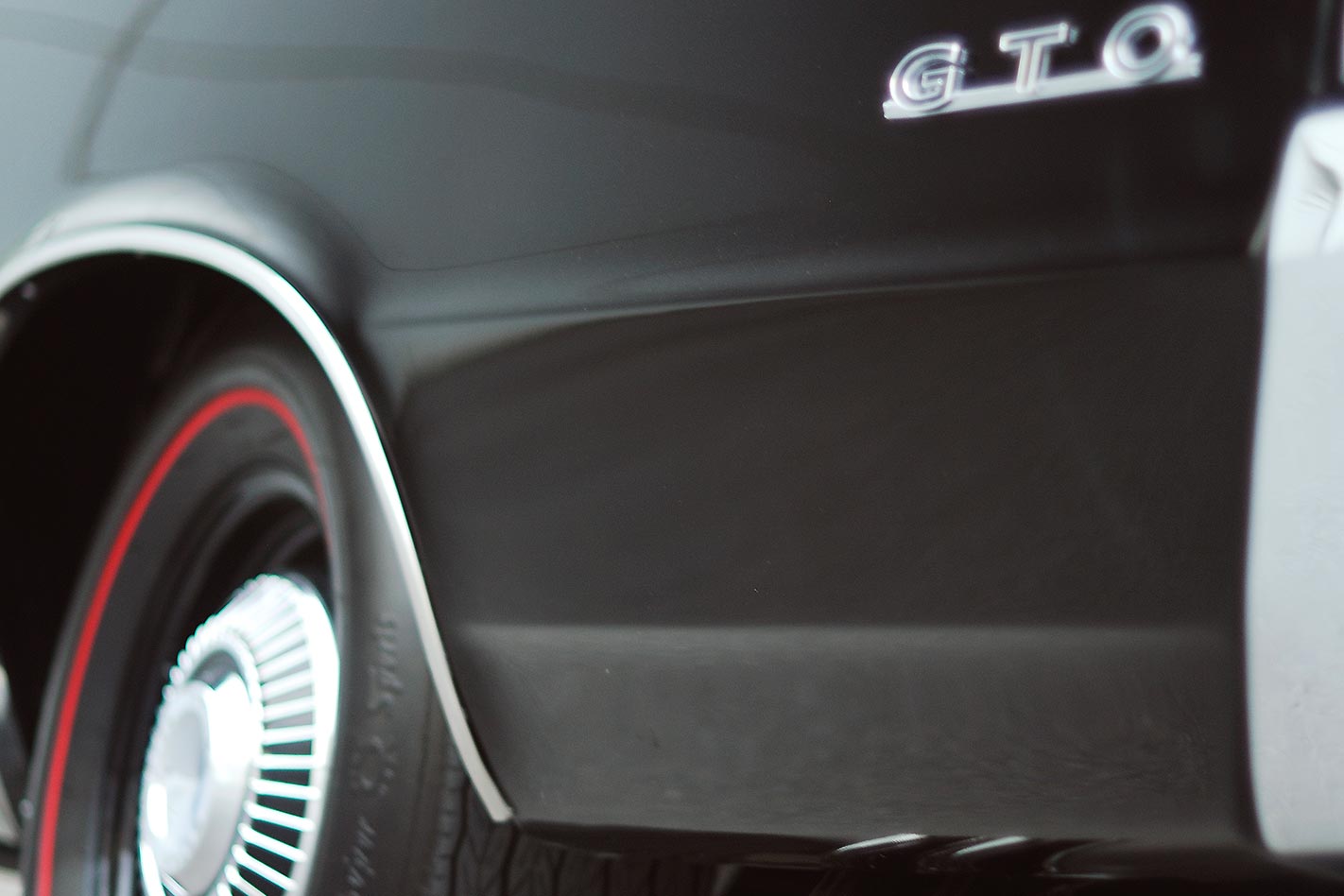
And though no company has put a safety limit on the age of a tyre, as a rule of thumb, have a think about flinging them at the end of their warranty period, which is usually seven years.
We all know that driving wears tyres out. And we all know that some wear out faster than others depending on your driving style, the roads being used and the weight and size of the vehicle.
But we may not all know that one of the biggest enemies of tyres is exposure to sunlight, as it breaks down the chemicals used in their construction and explains why race tyres are delivered and stored in black bags.

A tip for readers living up north with more sunlight hours – get your car out of the sun. And for everyone who rarely drives their classic, jack it up and put the tyres in black plastic garden rubbish bags and store them in the dark during the long breaks.
While it seems obvious, tyres should be treated as the most vital component on the whole car.
After all, you can have the best resto, an engine with the most mumbo, with the slippiest of diffs and the best-sorted suspension, but if what is connecting your ride to the road isn’t up to it, the rest ain’t worth squat.
The problem is you can’t just schlep down to the local tyre store and get classic car tyres off the shelf. Chances are, they may not make them anymore.

It’s a dilemma facing many classic car owners and if your vehicle pre-dates the 1970s, there’s a fair chance it originally rode on cross-ply (or bias-ply) tyres, even though radials had been around for a long time by then.
To be precise radials first surfaced in 1949 with Citroen 2CV and Lancia Aurelia as early adopters, including them as standard fitment.
So what is the difference between a cross-ply and a radial tyre?
Both are made by laying bands of rubber fabric over each other, with both having a unique construction method along with vastly different ride and handling characteristics.
The names hint at the difference; with a cross-ply tyre, the layers of rubber crisscross each other running at an angle of 45 degrees to the centre line of the tyre's tread, while radial tyres have the layers overlapping each other and running at right angles to the centre line as well as around the circumference.
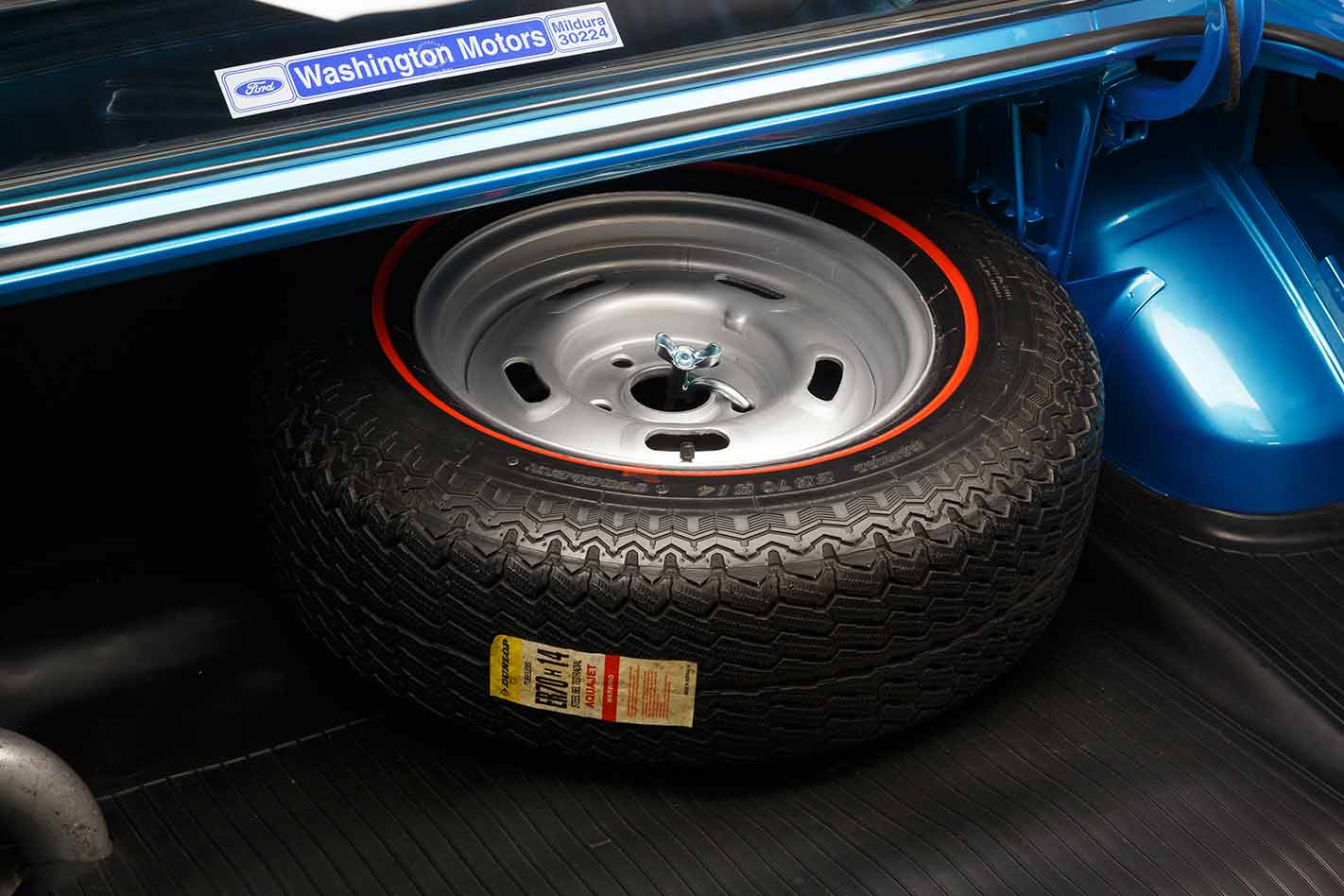
Radial tyres are considered safer as they generally have a lower profile, with a wider tread, stiffer sidewalls and a bigger footprint, which in turn provide better traction.
On the other hand, cross-ply tyres usually create less road noise and are softer than radials, due to the extra flex of the sidewalls.
Owners of older cars should remember that the engineers developed all the suspension components based on cross-ply tyres, so the ride and handling will be authentic for the time, providing you want that feel and can get suitable rubber. Or you can opt for a radial, which will deliver different (read improved) ride and handling.
Michelin and Pirelli have a range of tyres to suit European and British cars from the 1950s onwards, with Michelin catering for 12 to 16-inch diameter wheels and Pirelli 13 to 16-inch.
Both brands feature their iconic tread patterns, like the Michelin Classic X-Stop, the world’s first radial and the Pirelli Cinturato, the first ever wrap-around radial, a design that most modern tyres are still based on. Used extensively in motorsport, five-times world champion, Juan Manuel Fangio called the Cinturatos ‘extraordinary’.
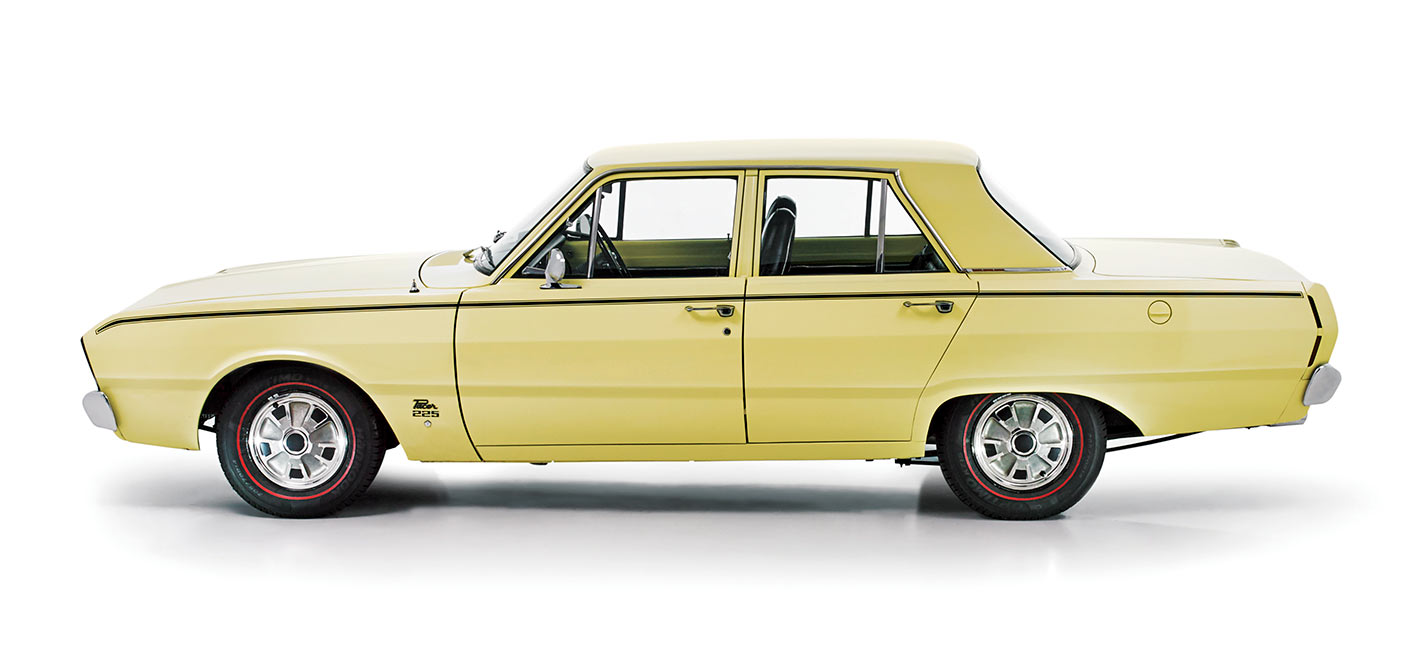 As on this VF Pacer, 'whitewalls' now come in many colours thanks to a widely available 'painted-on' process. Just watch those gutters!
As on this VF Pacer, 'whitewalls' now come in many colours thanks to a widely available 'painted-on' process. Just watch those gutters!
What about owners of our most treasured Aussie collectibles like the GT and GTHO Falcons, Holden Monaros and Toranas and Valiant Pacers and Chargers?
Back in the day some like the GT Falcon were sold with radials, while others like the Monaro, were shod with cross-plys when they left the factory.
However, today there isn’t much choice and the only option is a modern tyre of the same size and if possible similar tread pattern as the originals. Consult with a specialist for the best advice.
This story wouldn’t be complete without mentioning the very fashionable and hugely popular (of the 1920-1950s), whitewall tyres.
 Michelin XWX - a top quality road tyre and the original equipment on a wide range of exotic supercars
Michelin XWX - a top quality road tyre and the original equipment on a wide range of exotic supercars
Coker Tyres, which are distributed in Australia by Antique Tyres are one of the biggest producers of whitewall tyres to fit 14, 15 and 16-inch rims.
The radial ply Coker tyres have the whitewalls built into the mold and can be ordered with up to a three-inch whitewall.
BF Goodrich are one of the few big brands that still produce both cross-plys as well as their famed TA radials for cars spanning many eras. They come with whitewalls or red or white stripes on the walls and even with raised lettering, as seen on many American muscle cars of the 1960s.
TECH TALK - TYRE NUMBERS
Have you ever looked at your tyre sidewall and wondered what all the numbers mean?
HERE’S A QUICK GUIDE:
Say the tyre reads P215/65R 15 95H
P –This indicates it is a passenger car tyre. If it had LT, it would mean light truck. T would mean truck etc. European tyres have no letter before the numbers.
215 –This refers to the width of the tyre from one sidewall to the other. In this case, it is 215 millimetres wide.
65 – Is the height of the sidewall as a percentage of the tyre width. In this example, it is 65% of the tyre width.
R – This letter designates the type of tyre it is. In this example, it is a radial ply tyre
15 – Signifies the wheel diameter; here we have a 15-inch wheel.
95 – This is the load index and indicates the maximum load carrying capacity of the tyre. You should only fit tyres that meet or exceed the vehicle manufacturer’s specification referred to in the owner-manual.
H – This is the maximum speed rating for the tyre. Once again refer to your owners-manual for the information.
Another major consideration is the age of the tyre. To determine this, look on the sidewall for a four-digit code, eg 0316. In this case, it means the tyre was made in the third week of 2016.
| RATING | SPEED KM/H |
| N | 140 |
| P | 150 |
| Q | 160 |
| R | 170 |
| S | 180 |
| T | 190 |
| U | 200 |
| H | 210 |
| V | 240 |
| Z | 240+ |
| W | 270 |
| Y | 300 |
MODERN TYRES ON CLASSIC CARS - JOHN BOWE

Unique Cars' Past Blasts master, John Bowe, has spent a lifetime getting the most from his tyres on the track and over the years has owned several desirable collectibles, including an E-Type Jaguar.
When he bought the Jag, he reckoned it handled like a dog on a lino floor.
He then replaced the ageing cross-plies for a set of radials with a tread pattern close to the originals and according to Bowe, this transformed the car.
"I know the original look is very important with Classic cars", said Bowe, "but putting them on radials makes them so much sweeter and safer to drive.
"While modern tread patterns are nothing like the ones of the past, due to technology, lower sidewall profiles and generally wider tyres, it is still possible to get a tyre in many sizes with a relatively plain tread pattern, so it doesn’t look out of place on your collectible".
TRADE TALK - STUCKEY TYRES
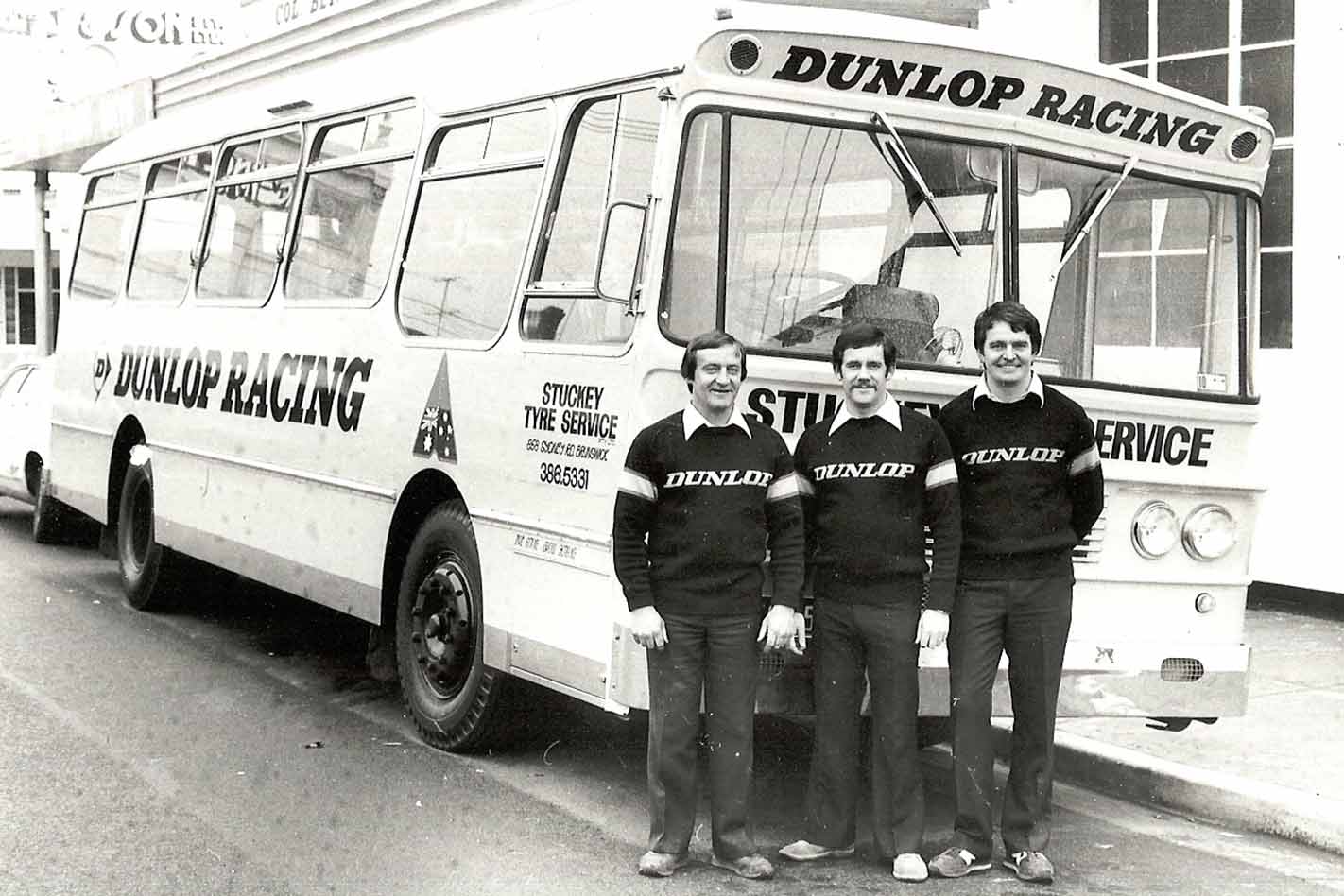
According to Russell Stuckey of Melbourne-based Stuckey Tyres, very few manufacturers have the technical capability or production processes to make cross-ply tyres.
This is another reason why radials have become the tyre of choice, as they are made in many factories on the latest equipment and readily available.
Stuckey said; "I remember when radial tyres came out in the 60s and if you had a tricked-up Holden and put on wide wheels, you put Pirellis on it, which had a very rugged and bold pattern".
Stuckey also dispelled a myth that the tread pattern was a way of telling if it is a radial or a cross-ply and looks back at a couple of Aussie muscle cars to make his point.
"The first GT Falcon came out with 185-14 radials, but the original Holden Monaro came out on the cross-ply tyres and red sidewalls. Both of those tyres had a very plain looking pattern.
"To be honest I cannot see the value in a cross-ply tyre except in a rare instance where a particular car has come out with a distinctive cross-ply tyre and concourse judges would look for that." However Ben McKinnon from Antique Tyres in Vic cautions: "There are cars for which radials are not an option due to rim width, tyre size etc. For example, a car that runs a 16x3.5 rim that would have had a 500/525-16 as standard has no safe radial option." If in doubt get expert advice.
Unique Cars magazine Value Guides
Sell your car for free right here
Get your monthly fix of news, reviews and stories on the greatest cars and minds in the automotive world.
Subscribe

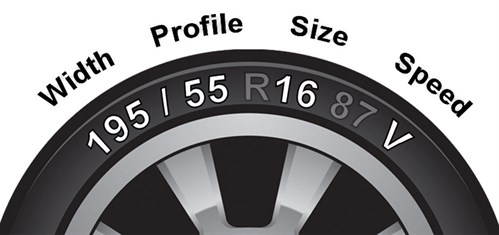
.jpg)














